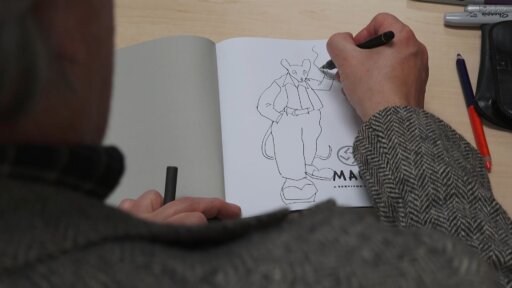Art Spiegelman’s “Maus” was featured in the comic book “Funny Aminals” in 1972, with a cover by Robert Crumb, one of Spiegelman’s comic heroes. Being part of “Funny Aminals” helped Spiegelman feel like he had established himself in the comics scene.
Video Features
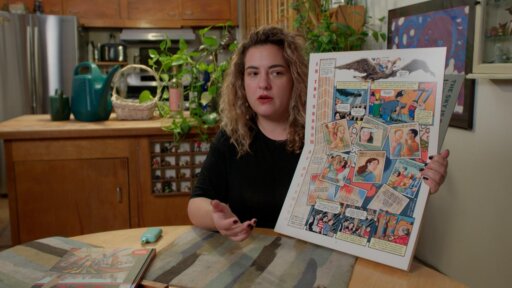
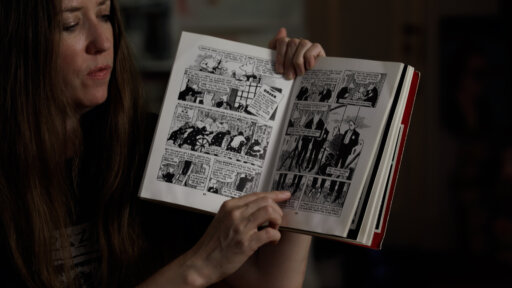
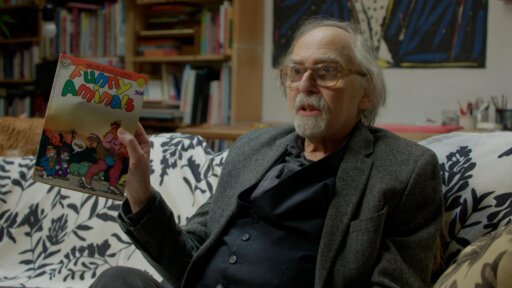
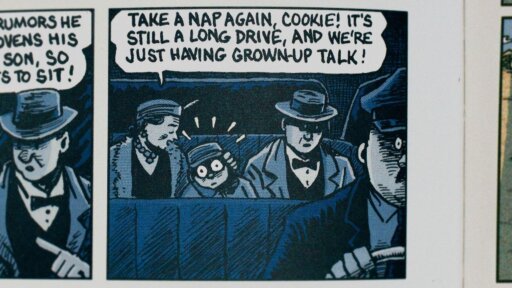
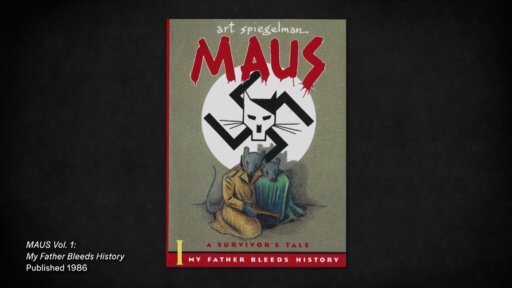
Written Features
- This is an underground comic that came out in 1972, "Funny Aminals."
I was in it, and it was very important to me because the cover was by Robert Crumb and he was the god king of underground comics, setting that whole medium and idiom in motion.
But it had other great cartoonists in it as well, so it was a gathering of a tribe.
It starts, incidentally, with a drawing based on a photo by Margaret Burke White.
That was the prisoners at Buchenwald being released, in Life Magazine, and that photo is quoted here with the mice, and there's a little arrow toward one of the mice in the second row that says Papa, and it's all framed as being in a photo album.
So I'll read it to you.
Maus.
- When I was a young mouse in Rego Park, New York, my papa used to tell me bedtime stories about life in the old country during the war.
- And so Mickey die Katzen made all the mice to move into one part from the town.
It was very crowded in the ghetto.
- Golly!
- It was fences put up all around.
No mouse could go out from the ghetto.
No food and no medicines could go in.
They treated us like we were insects.
Worse.
I can't even describe.
- Psst.
You vant a potato to buy?
I was really proud to be in this comic when it came out.
And I realized I'd crossed the Rubicon into a different area of comics making.
I would say this is the end of my juvenilia and the beginning of whatever comes after.
You May Also Like









